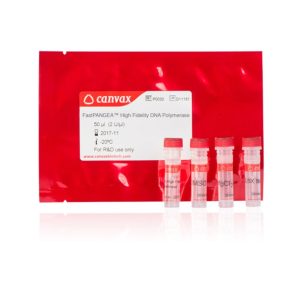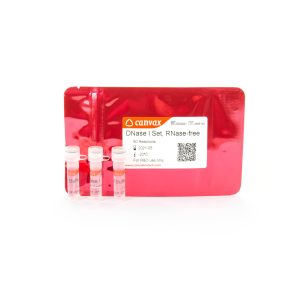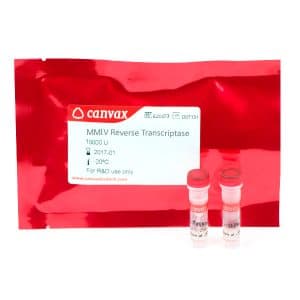CIAP (Calf Intestinal Alkaline PPase), (20 U/µL)
Calf Intestinal Alkaline Phosphatase
Alkaline phosphatase (AP) is a membrane bound enzyme which occurs in almost all living organisms. The AP superfamily comprises a family of highly promiscuous metallohydrolases that are similar in active site architecture and substrate preference, but show limited sequence homology .The members of this superfamily catalyze the hydrolytic cleavage of phosphate groups from many types of molecules, including nucleotides and proteins.
Individual mammalian alkaline phosphatases differ in their heat stabilities and uncompetitive inhibition properties. This is the result of their nonhomologous disulphide bonds, their structural significance, and nonconserved residues. Four isoenzymes have developed during evolution and are coded by up to four genes. These four isoenzymes can be found in various tissues, three isoenzymes of AP are specific for certain tissues: they are intestinal alkaline phosphatase ,placental alkaline phosphatase, and germ cell alkaline phosphatase, which are expressed by embryonic cells but also carcinoma cells and The fourth isoenzyme is ubiquitous, and it is tissue nonspecific alkaline phosphatase.
Alkaline Phosphatase, Calf Intestinal (CIAP), catalyzes the hydrolysis of 5´-phosphate groups from DNA, RNA, and ribo- and deoxyribonucleoside triphosphates. CIAP is frequently used in many molecular biology applications such as the removal of phosphorylated ends of DNA and RNA for subsequent use in cloning or end-labeling of probes. In cloning, dephosphorylation prevents religation of linearized plasmid DNA. The enzyme acts on 5´ protruding, 5´ recessed and blunt ends. CIAP may also be used to degrade unincorporated dNTPs in PCR reactions to prepare templates for DNA sequencing or SNP analysis.
Price: 88.80 €





